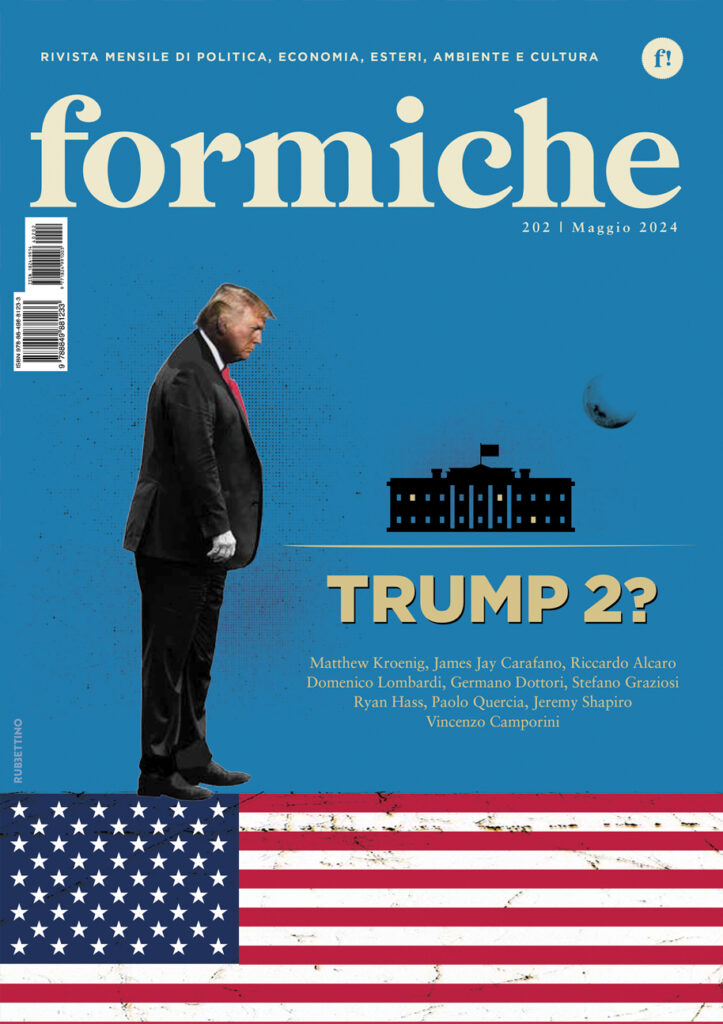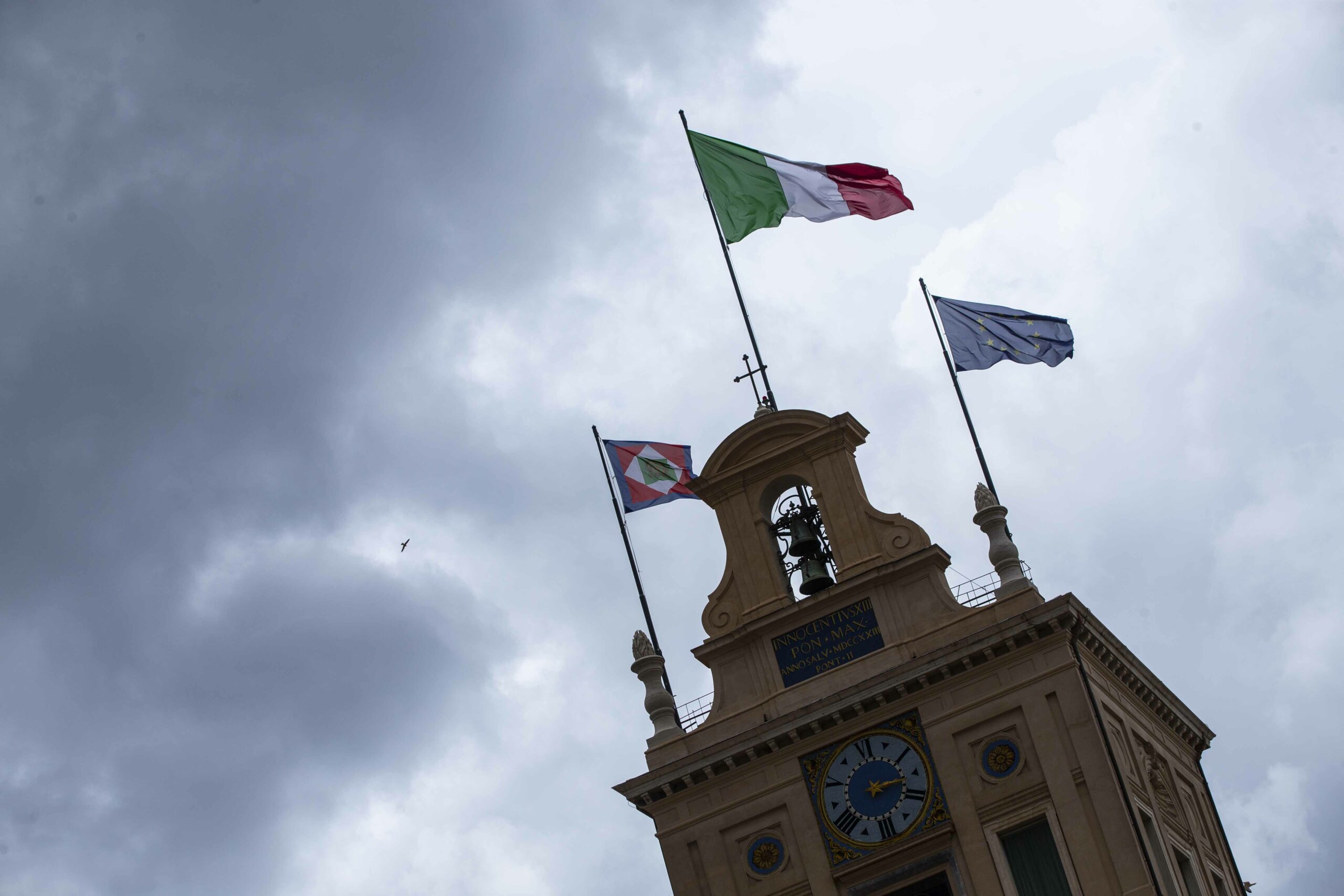A year has passed since the current Italian coalition government was formed by two parties that had been sworn enemies until then – the anti-establishment Five Star Movement (5SM) and the centre-left Democratic Party (DP).
The two parties joined forces to ensure their political survival when the previous government, made up by the 5SM and the right-wing League, was torpedoed by the latter’s leader Matteo Salvini, who was in turn pushing for early elections to convert his sky-high consensus into seats in parliament.
With the threat of the rise of right-wing parties quarantined into the opposition, 5SM and DP went on to lead the country through an uneasy truce. Today, however, there are talks of merging the two parties. Senior politicians from both groups and even prime minister Giuseppe Conte look upon the idea favourably.
Before the merging can be seriously considered the two parties must face the dilemma of running together at the local level after years of hostility. The regional elections coming up in 7 of Italy’s 20 regions next month will be a stress test for the alliance’s popularity, but few within the two political forces seems convinced, as jointly supported candidates are being considered for only 2 regions.
“I find it reasonable that the political forces sustaining the government try to talk at the regional level. To run separately in Apulia and Marche means exposing ourselves to the risk of wasting a great occasion,” declared the prime minister Conte in a recent interview. To which Vito Crimi, temporary leader of the 5SM, replied in another interview “it’s not about wasting an occasion because that doesn’t exist, otherwise we would have taken it.”
It’s clear that the road to a possible unification of the two parties is still long and winding, if nonexistent. The reason to maintain the current alliance still exists, though, as the centre-right coalition has been consistently leading in the polls – and the three right-wing leaders are not twiddling their thumbs, either.
On Tuesday, Giorgia Meloni (Brothers of Italy), Silvio Berlusconi (Forza Italia) and Matteo Salvini signed a pact that effectively consolidates their coalition by preventing alliances with external parties (unless otherwise agreed).
The document also expresses the trio’s commitment to joint objectives, such as supporting each other’s candidates across the country, granting a higher degree of autonomy to the Veneto region and working together towards the 2022 inter-parliamentary elections for the next Italian president.
Brothers of Italy, which has been growing in polls, has thus managed to avoid being left in the dust by the two other forces: the League, which may have rekindled its ties with their former governing partners, the 5SM, and Forza Italia, the most centrist of the three, which time and again has flirted with centre and centre-left parties and had even supported the current government.
“While the 5SM and PD fight for the seats in parliament and turn up divided at the regional elections, the centre-right coalition sends a great message of compactness and today says with one voice: never in government with the left,” declared Ms Meloni.
Everything seems to point to a paradigm shift in Italian politics, an evolution into a somewhat familiar bipolarism (left versus right). This would entail the abandoning of the “populist versus establishment” narrative that has been characterising the country’s political landscape for the past decade, and that had generated the quintessentially populist 5SM-League government in power between 2018 and 2019.
Corrado Ocone’s analysis for Formiche.net points out that the two poles seem to have been moving toward the two political extremes, causing many of the populist and anti-political instances to be reabsorbed into the two new, more defined entities.
Several obstacles and doubts still stand in the way of this prediction. One such obstacle is the new electoral law, currently being gestated, that is likely to favour the incumbent political forces, should it be approved.
Another obstacle entails the ideological inconsistencies between the parties that would come to build the new “left”: marrying the ferociously anti-establishment, populist, “beyond-left-and-right” Five Star Movement with the historically moderate, liberal, Europhile and leftist Democratic Party is no easy feat. Moreover, the resulting Frankensteinian force could be too weak to put up a proper fight with the ironclad right.
Much can still change between now and the 2023 governmental elections. The September regional elections and the development of the 5SM-DP engagement will be a litmus test for the possibility of a return to Italian bipolarism.








